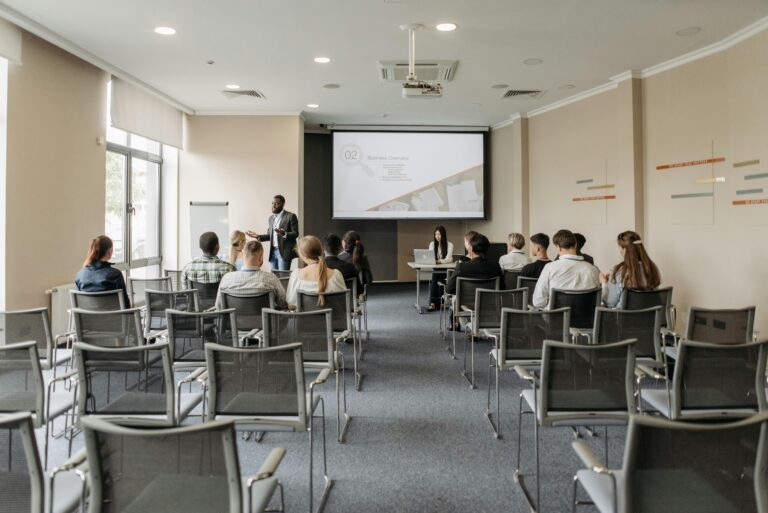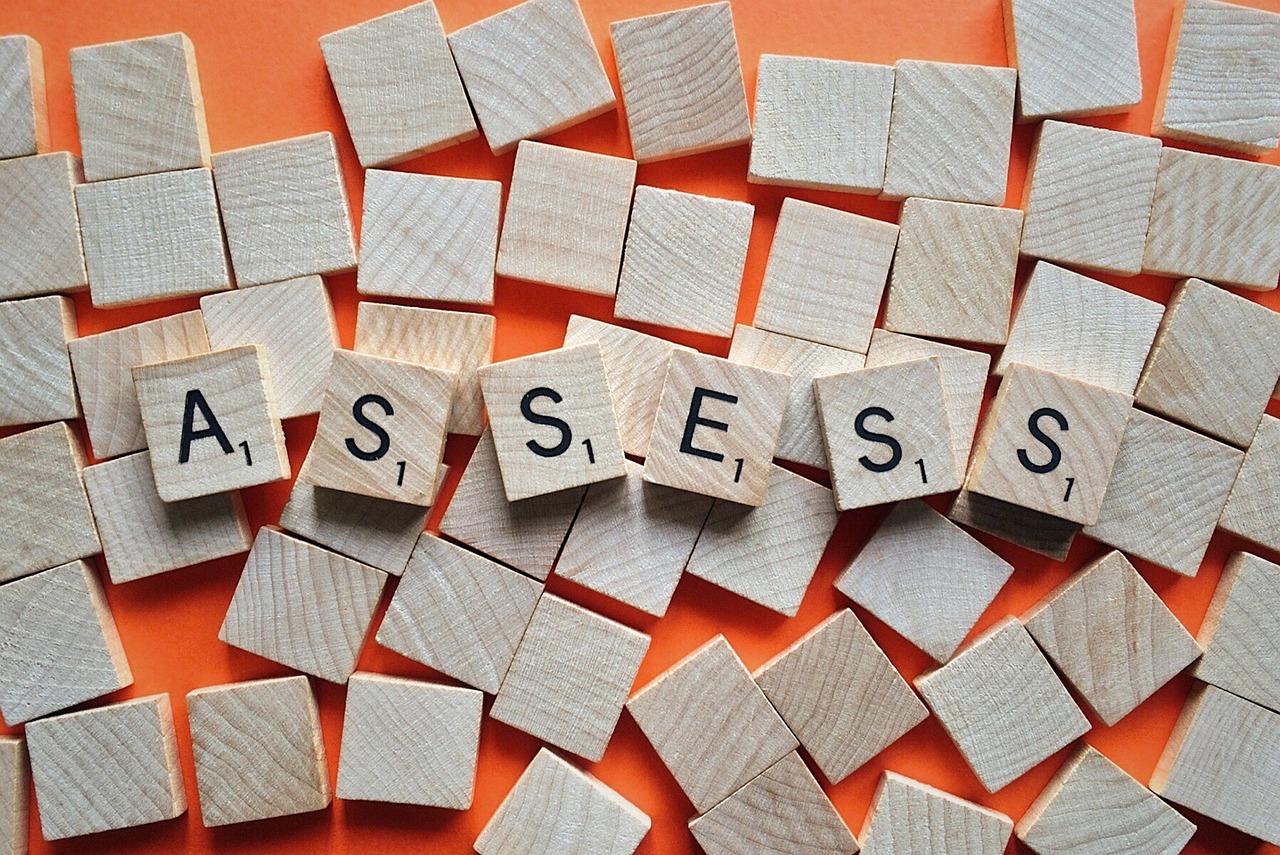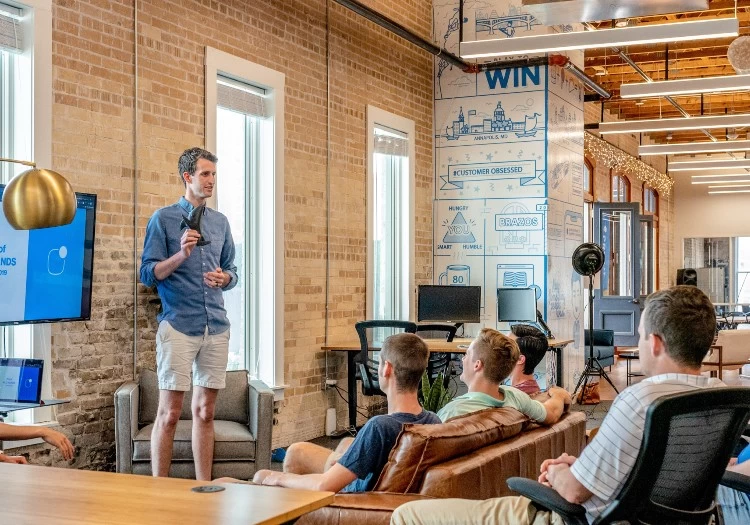Henry Ford is credited with saying, “The only thing worse than training your employees and having them leave is not training them and having them stay.”
Corporations invest in employee training for many reasons, such as improving skills, preparing workers for career advancement, and increasing overall business performance. Team building plays a vital role in employee training plans. As noted in our post on team building activities that work, all of these programs include the common elements of teaching “people skills” like problem-solving and leadership.
With our extensive experience in delivering both corporate team building activities and professional development workshops, Best Corporate Events is uniquely positioned to facilitate activities that strengthen training outcomes.
Team Building and Team Training: Why Should They Be Linked?
Team building fosters skills that employee training programs typically aim to develop, such as collaboration, communication, and problem-solving.
But rather than teaching these skills through a dry, sit-and-listen PowerPoint and lecture format, team building activities actively involve and immerse participants in a mix of challenges where they learn from experience. These programs boost morale and engagement, making training sessions not only more impactful but fun as well!
Team building teaches these skills effectively because it takes employees out of the daily work environment and lets them practice in a real-time but no-stress situation. The challenge (such as designing and building a Rube Goldberg-style chain reaction machine to accomplish a simple task, like popping a balloon) is equally unfamiliar to everyone on the team, putting all participants on an equal footing.
By making the exercise fun and interactive, team building plays a vital role in helping team members work together more effectively as part of a broader training program.
Understanding the Differences Between Team Building and Team Training
Professional corporate team building programs are carefully designed and thoroughly tested activities focused on developing strong relationships, building trust, and enhancing communication among team members. This is accomplished through collaborative exercises and a mix of challenges designed to foster camaraderie, making these programs ideal for boosting team morale and cohesion.
Team training, on the other hand, is delivered through structured programs designed to teach and help develop specific skills, knowledge, or competencies that apply directly to job functions or project roles. While team training is focused on skills, team building enhances coworker relationships; this makes the two activities complementary but distinct approaches to optimizing team performance.
Key Benefits of Combining Team Building and Employee Training Programs
Integrating team building into employee training delivers powerful advantages that traditional training alone simply cannot achieve. Why? Because team building turns dry lessons into impactful, dynamic experiences that employees remember, and delivers benefits that extend far beyond skills acquisition.
Enhanced Communication and Stronger Relationships
Team building creates natural opportunities for employees to practice communication skills in low-pressure environments. As participants work through challenges together, they develop more effective ways of sharing information, providing feedback, and resolving misunderstandings.
Research has shown that teams that participate in structured team building activities show a measurable improvement in communication clarity compared to those who don’t. This improvement directly translates to workplace effectiveness, as highlighted in our guide to honing your team’s communication and active listening skills.
Enhanced Problem-Solving and Leadership Skills
Team building exercises naturally develop critical thinking and innovative problem-solving capabilities. When faced with an unfamiliar challenge, participants must analyze situations, develop strategies, and implement solutions. Leadership development also occurs organically as team members step up to guide their groups through challenges.
Our experience assessing leadership potential has shown that team building activities reveal leadership capabilities that might otherwise remain dormant in traditional workplace settings. Through structured reflection and feedback, these moments become powerful development opportunities.
How Team Building Enhances Specific Employee Training Goals
Training goals often focus on improving individual and team performance in areas like leadership, creativity, productivity, and collaboration – but team building aligns with all of them. Different training initiatives require different team building approaches. The key is thoughtfully aligning activities with your specific learning objectives to create a cohesive, reinforcing experience.
Improving Leadership Development
Leadership training becomes exponentially more effective when combined with team building activities that allow participants to practice new skills immediately. Rather than simply learning about project management (tasks, timelines, milestones, etc.) or coaching in theory, employees can apply these concepts in real time during structured exercises.
Effective leadership development integration includes role-rotation activities where each team member takes a turn leading and structured debriefs that connect leadership behaviors to workplace applications.
When leadership concepts move from theoretical to experiential through team building, retention increases and application back in the workplace improves.
Enhancing Productivity and Innovation
Team building and training initiatives focused on productivity improvement benefit enormously from activities that challenge conventional thinking and enhance collaboration.
Programs like our Momentum challenge require teams to design and build interconnected Rube Goldberg-style contraptions, teaching valuable lessons about:
- Process optimization;
- Resource management;
- Quality control;
- Cross-functional collaboration; and
- Innovative problem-solving.
These lessons can transfer directly to workplace productivity issues, helping teams identify efficiency opportunities and implement creative solutions.
Fostering Authentic Teamwork
While many training programs emphasize individual skill development, team building exercises ensure these individual capabilities combine to improve team performance.
When employees understand how their individual contributions fit into the larger team context, both personal motivation and collective performance improve dramatically.
Customized Integration for Specific Training Needs
Team building and team training combinations are most effective when tailored specifically to organizational needs. Customer service training, for example, benefits from team building activities that develop empathy and patient problem-solving, while technical training programs pair well with exercises focused on precise communication and systematic thinking.
This customization ensures that every team building element actively reinforces your specific training objectives rather than simply providing a generic “fun break” from learning.
Examples of Effective Team Building Activities for Employee Training Programs
The most powerful team building and training integrations carefully select activities that reinforce specific learning objectives. Here are proven team building approaches that complement different types of professional development:
Problem-Solving Challenges
Problem-solving capabilities rank consistently among the most valued workplace skills. Team building activities centered around complex puzzles and scenarios develop these capacities while reinforcing training concepts.
Our Escape Rooms and Murder Mysteries create immersive experiences where teams must:
- Analyze complex information under time pressure;
- Identify patterns and make connections between seemingly unrelated clues;
- Delegate effectively based on individual strengths;
- Communicate findings clearly and efficiently; and
- Adapt strategies as new information emerges.
The skills developed through these challenges transfer directly to workplace problem-solving and help participants improve their analytical thinking skills.
In our Crack the Case program, for example, teams take on the role of detectives solving an art heist. Beyond the entertainment value, this activity develops critical thinking skills essential for roles ranging from project management to technical troubleshooting.
Leadership Development Exercises
Leadership training becomes significantly more impactful when participants can immediately practice concepts in engaging, low-risk environments.
Our Professional Development programs include workshops and courses specifically designed to complement leadership training by providing opportunities to:
- Practice influencing without formal authority;
- Develop situational leadership approaches;
- Balance competing priorities under pressure;
- Provide constructive feedback in real-time; and
- Navigate team dynamics effectively.
Our Igniting Team Performance® program presents a series of increasingly challenging activities that require participants to apply leadership principles, reinforcing learning through hands-on application.
Conflict Resolution Scenarios
Perhaps no workplace skill is more valuable or difficult to teach effectively than constructive conflict resolution. Traditional training often falls short because the emotional elements of conflict cannot be realistically conveyed in classroom settings.
Team building activities specifically designed to complement Conflict Resolution training create realistic scenarios where participants:
- Recognize emerging conflicts before they escalate;
- Navigate emotionally charged conversations productively; and
- Develop win-win solutions through collaborative problem-solving.
Our Competition to Collaboration® program is particularly effective at developing these skills, as it guides participants through the natural transition from competitive to collaborative mindsets—a journey that mirrors many workplace conflict resolution scenarios.
Communication and Trust-Building Activities
Effective communication is the foundation of high-performing workplaces. Team building activities centered around communication challenges create powerful learning opportunities that complement formal training.
Programs like Bridge to the Future and Total Recall place participants in scenarios where clear communication and active listening are critical, while feedback loops demonstrate immediate impact.
When integrated with communication training, these activities help participants internalize concepts like stakeholder management, expectation setting, and transparent information sharing.
How Best Corporate Events Can Help with Integrated Team Building and Team Training
The needs assessment and program customization services offered by Best Corporate Events include three levels of customization to meet specific client needs and objectives:
- Guidance on selecting the ideal team building program to align with the client’s goals, with minimal program changes.
- Minor adjustments to a team building game show activity such as Best Corporate Feud or Trivia Blast Live! to incorporate some company-specific content.
- Extensive customization to one of our professional development workshops to incorporate company-specific examples and business scenarios.
We work with you to understand your specific team training goals and then tailor our team building activities to support those objectives and reinforce lessons imparted in more traditional training formats.
The key to aligning team building with employee training to convey and support specific skills and lessons is professional consulting. With more than two decades of delivering team building and professional development programs, Best Corporate Events has mapped and can walk you through the essential steps for team building event planning. These include:
- Beginning the conversation with a knowledgeable program advisor to select the right activity to meet your goals as well as fit with your venue, group size, and other considerations that may not seem obvious.
- Continuing to plan with an expert program manager who asks additional, more detailed questions to help assure you have an effective and cohesive team building experience.
- Finalizing plans by talking to an experienced program designer who can help customize the chosen program to optimally support your training goals.
Take the Next Step: Enhance Your Employee Training Program with Team Building
Team building activities enhance team training goals like improving leadership, productivity, and innovation. They work by reinforcing lessons in structured activities where employees put their newly acquired skills and knowledge to work. Hearing and seeing are solidified by doing.
Team building supports employee training through engagement, skill-building, and collaboration. Putting this knowledge plus problem-solving and communication skills into action in fun, fast-paced team activities makes it all more memorable and easier to transfer into the workplace.
If you’re planning an employee training event, take a look at the wide range of team-building programs offered by Best Corporate Events, and contact us to discuss selecting and even customizing a team-building activity to support your training objectives.






